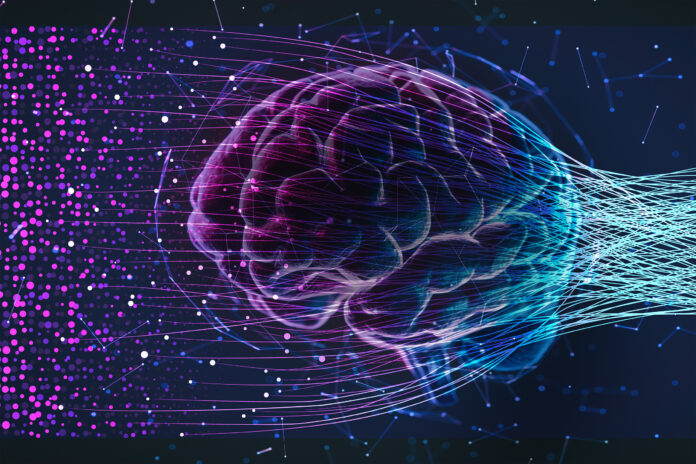Integrating Diverse Data: How Language Models Process Information
The Power of Large Language Models (LLMs)
Large language models can now perform a wide range of tasks across different types of data, from understanding multiple languages to generating computer code and solving math problems. But how do they process this diverse information?
The Human Brain’s "Semantic Hub"
Neuroscientists have long believed that the human brain has a "semantic hub" that integrates information from various modalities, such as visual and tactile inputs. This hub is connected to modality-specific "spokes" that route information to it. MIT researchers have found that LLMs use a similar mechanism to process data from diverse modalities in a central, generalized way.
How LLMs Process Data
LLMs process data in their specific language or modality, such as English or images. They then convert tokens into modality-agnostic representations as they reason about them throughout their internal layers. This is similar to how the brain’s semantic hub integrates diverse information.
Testing the Hypothesis
To test this hypothesis, researchers passed pairs of sentences with the same meaning but written in different languages through the model. They measured how similar the model’s representations were for each sentence. They also conducted experiments with non-text inputs, such as computer code and math problems.
The Results
Consistently, the model’s representations were similar for sentences with similar meanings. Additionally, across many data types, the tokens the model processed in its internal layers were more like English-centric tokens than the input data type.
Leveraging the Semantic Hub
The researchers think LLMs may learn this semantic hub strategy during training because it is an economical way to process varied data. "There are thousands of languages out there, but a lot of the knowledge is shared, like commonsense knowledge or factual knowledge. The model doesn’t need to duplicate that knowledge across languages," says Zhaofeng Wu, a graduate student at MIT.
Conclusion
This research has significant implications for the development of LLMs that can handle diverse data. By understanding how LLMs process information, scientists can create more efficient and effective models. Future research could explore ways to leverage the semantic hub to improve multilingual models and prevent language interference.
Key Takeaways
- LLMs use a similar mechanism to the human brain’s semantic hub to process diverse data.
- The model’s initial layers process data in its specific language or modality.
- The model converts tokens into modality-agnostic representations as it reasons about them.
- The model’s representations are similar for sentences with similar meanings, even across different languages and data types.

